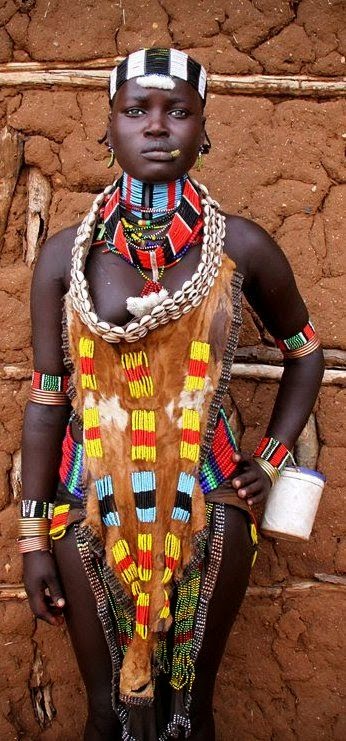 |
| Rudolf Steiner |
Rudolf Steiner, the German philosopher and occultist, was born in Kraljevic, Hungary, of Catholic parents. His early education was obtained at technical secondary schools and the Polytechnic Institute of Vienna. Steiner’s anthroposophical teaching, presented as “spiritual science,” is an extraordinary synthesis of “organic” ideas in nineteenth-century German thought with theosophical material and fresh occult intuitions.
In 1902 Steiner became a lecturer and general secretary of the Theosophical Society’s German branch, but his earlier thought had been basically formed between 1890 and 1897, years devoted to the study and editing of Johann Wolfgang von Goethe’s scientific writings at the Goethe-Archiv in Weimar.
In this time, and during a period (1897–1900) as editor of the Magazin: Monatschrift für Litteratur, he developed his own views of evolution, natural organization, and science through confrontation with the ideas of Charles Darwin, Ernst Heinrich Haeckel, Friedrich Nietzsche, and contemporary German philosophies.
 |
| Ernst Heinrich Haeckel |
Steiner presented his synthesis as a modern scientific and monistic world conception, despite the range of esoteric content it eventually included. His early work, Philosophie der Freiheit (1896), contained no occult material, but it left room for inclusion of such material by the theories of knowledge and of spiritual freedom which it expounded: Mechanistic science gives only abstract knowledge of some uniform relations in nature.
The model for fuller knowledge of individual beings is the organic idea of a self-evolving and self-directing organism, which Goethe saw in the “primal plant.”
The method for generalizing such knowledge is one of intuitive thinking. Steiner espoused a “monism of thought”: A valid world image is ever building as individual spirits live in (miterleben) the organic world process.
![Friedrich Nietzsche Living Stones [Lithops dorotheae; Family: Aizoaceae]](https://blogger.googleusercontent.com/img/b/R29vZ2xl/AVvXsEgdMEdVomv3m0a4TofCRMRpyjoyu5OTRjSaWYMkxMIzSMzUfhLZUHx7m1ZvPmtiDqx7dTb-0P-VgXYlJiCdi3dDkrtQhd78YfrbFrlVMtfUxtf-2oDHjhn2Ix6_VAV7fl0ZN3QSMwQvruA/s280/Friedrich-Nietzsche.jpg) |
| Friedrich Nietzsche |
Heralding Nietzsche’s independence of thought, Steiner followed him in rejecting both natural teleology and objective moral laws. Yet he maintained that Nietzsche was always protestingly and tragically dashing his free spirit against an alien culture and a limited science of nature.
Nietzsche’s doctrine of “eternal recurrence,” however, was a factor that led Steiner to give sympathetic attention to Indian thought. Nature is, after all, but one manifestation of spiritual reality, which reveals itself more directly in thought and in art.
Among Indian ideas which Steiner adopted while a theosophist is the fourfold construction of man on Earth as having the physical, the ether, the astral bodies, and the “I,” with their respective powers of development and transformation.
 |
| Natural evolution |
After 1907 conflict with Annie Besant’s pro-Hindu policies led Steiner to withdraw from the Theosophical Society, but he continued on an independent line of esoteric thinking, to which in 1913 he gave the name “anthroposophy.” Natural evolution, he then taught, has thus far been a progression of bodily organizations into which “pure spirit” descends through successive reincarnations with the aim of producing individual selfconsciousness.
Reaching its apogee in the Renaissance, this development showed its dangerous limitations in nineteenth-century individualism. The societal remedy, Steiner declared in 1919, was not the collectivism of a totalitarian state but a “three-fold social organism,” in which the juridical, spiritual, and economic spheres of life are independently organized as three autonomous interacting systems.
Equality is a concept applying particularly to the juridical sphere of rights (which includes just compensation for work), liberty to the spiritual domain, and fraternity or voluntary cooperation to the economic organization of production.
 |
| anti-Lucifer |
Steiner’s own interest lay primarily in the liberty of the spiritual sphere, which included great reaches of “cosmic memory.” In future stages of evolution, spirit, without loss of self-consciousness,must ascend again through knowledge of its cosmic relations to its universality and transcendence over matter.
Special organs (“the lotuses”) must be cultivated to apprehend the higher worlds of spirit and the traces left by their events in the cosmic ether. These include the anti-Lucifer impulsions given by Buddha, Zarathustra, Plato, and Christ and the regenerative solar influence of the blood shed in the mystery of Golgotha.
After World War I Steiner was able to establish a cultural center, the Goetheanum, in Switzerland at Dornach, near Basel. His movement spread from Germany to England, the United States, and other countries. Anthroposophy was practiced at various levels of initiation; those not ready for the higher insights could participate in the preliminary disciplines.
 |
| World War I |
These included eurythmic dance, mystery plays, organic agriculture and therapy, and distinctive educational measures in a number of notable elementary schools, beginning with the Waldorf School in Stuttgart.
While the higher aim of Steiner’s pedagogy was to develop special powers of spiritual insight, the cultivation of moral balance, a harmony of virtuous dispositions intermediate between excesses and defects, was considered a prerequisite.